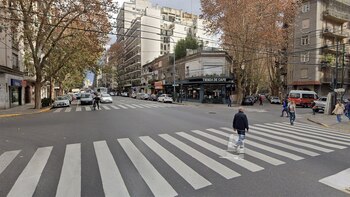
On March 17, 1992, the violent action of jihadist terrorism appeared in the Argentine Republic. At 14:45 on that Tuesday, when St. Patrick's Day was commemorated, a van loaded with explosives exploded as it rammed the headquarters of the Israeli embassy in the center of the city of Buenos Aires. A Catholic Church next to the diplomatic headquarters was also destroyed. The result of the criminal attack was 29 people killed and more than 200 injured and maimed (although on December 23, 1999, the Supreme Court of Justice of the Nation issued an agreement in which it established that the deaths had been 22 and not 29, as initially reported).
THE SHADOW OF HEZBOLLAH
Two days after the terrorist coup, on 19 March, the text of a statement by the Islamic Jihad group was sent to the Lebanese daily An-Nahar and published by the Beirut newspaper. The name Islamic Jihad was a seal of cover used by the political-terrorist organization Hezbollah, which claimed responsibility for the blowing up of the Israeli embassy in Buenos Aires in response to and retaliation for the death of Imam Abbas Mussawi, then secretary general of the organization terrorist, who would later be succeeded by the current leader Hassan Nasrallah. Hezbollah used that fancy name when it was not convenient for it to claim the attacks on its own for political reasons.
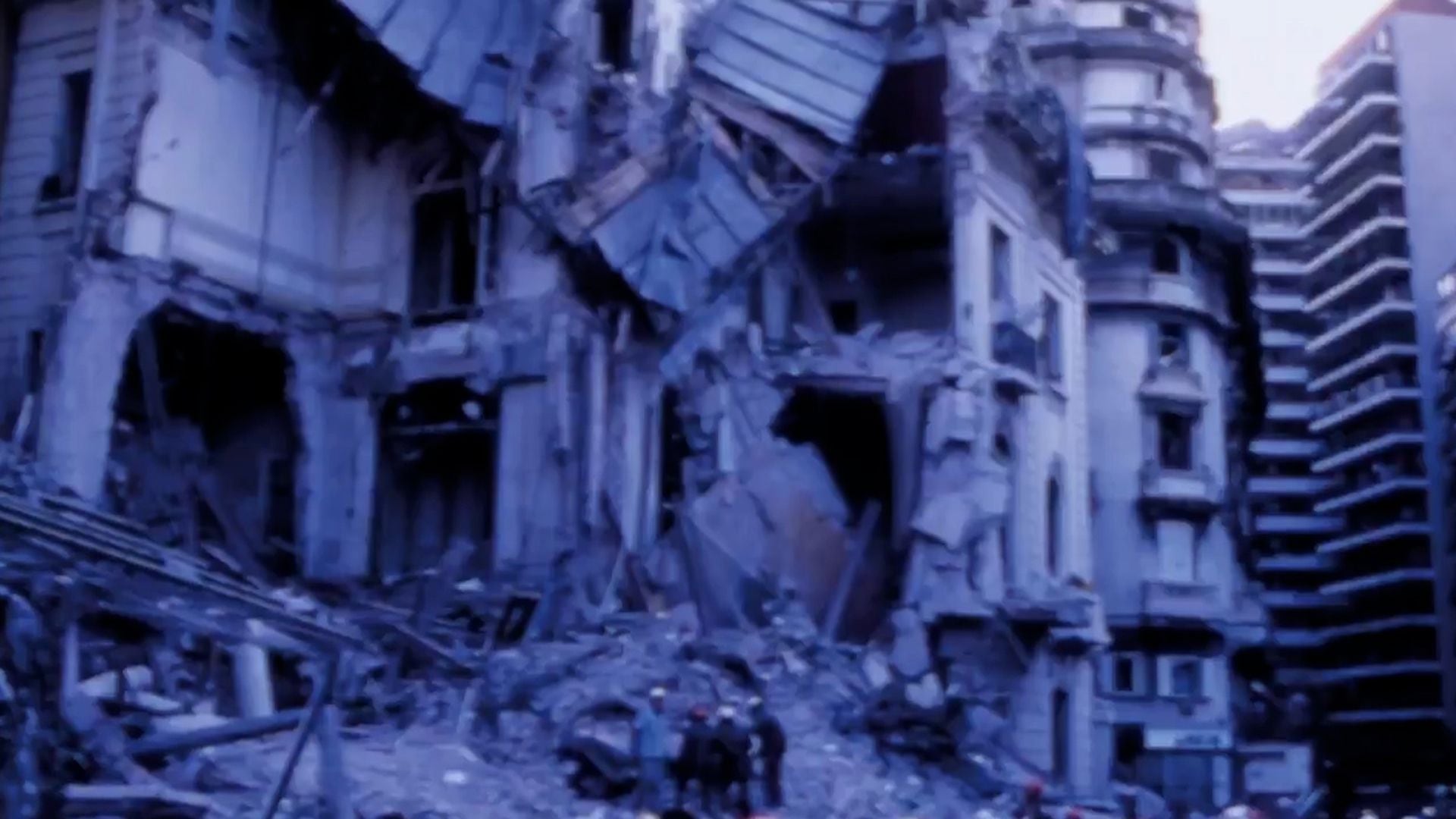
The Lebanese press confirmed the veracity of the communiqué and attributed the text to the typical rhetoric of the Shiite organization Hezbollah, created and financed by the Islamic Republic of Iran. On 21 March, just 48 hours after the statement, a video of the terrorist organization was sent to Lebanese television showing the moment when the diplomatic headquarters is flying through the air. In this way, the jihadist group confirmed the authorship of the attack. The text of the original communiqué in Arabic and translated into Spanish, as well as the video of the explosion, appear in case no. 1627/93 on the attack on the Israeli embassy in Buenos Aires, as follows:
“In the name of God, by the shed blood of our martyr Abu Yasser, who represents the honor of our homeland and to confirm our communiqué of the first coup of others that we will apply against the Israeli virus, we offer the Buenos Aires operation as a gift to martyrs and believers. The scattered fragments of our martyr's body make us proud. Next to them, the Argentine Khaibar Fort broke out, which was destroyed by our glorious martyr. The Zionist world also trembled, which was filled with fear and its cries and threats began thinking that with them they can stop our actions, but they are wrong. They (the Jews) forgot that we are a people who embrace martyrdom and do not accept subjugation or threats. The war is open until there are no Jews left on earth. Israel sowed rot in the world; it killed and killed our children every day. Israel is evil in itself and must disappear from the world. The war began from Bader and Khaibar, from the time of the prophet Mussa. The greatness of our martyr Abu Yasser, who is now in paradise, made it possible. The world must know that we are awake and that we will not allow them to play with our blood or with the blood of our martyrs. We'll always be waiting for them and, when they don't come, we'll go get them. The war is open and we will continue to attack them; we will not give in, we will fight at any cost and by all means until the extermination of Israel, and on that day all the faithful will celebrate victory and honor Allah, who is the one who protects the Islamic world.” Signature: Islamic Jihad Organization, 19 March 1992. Month of Ramadan.
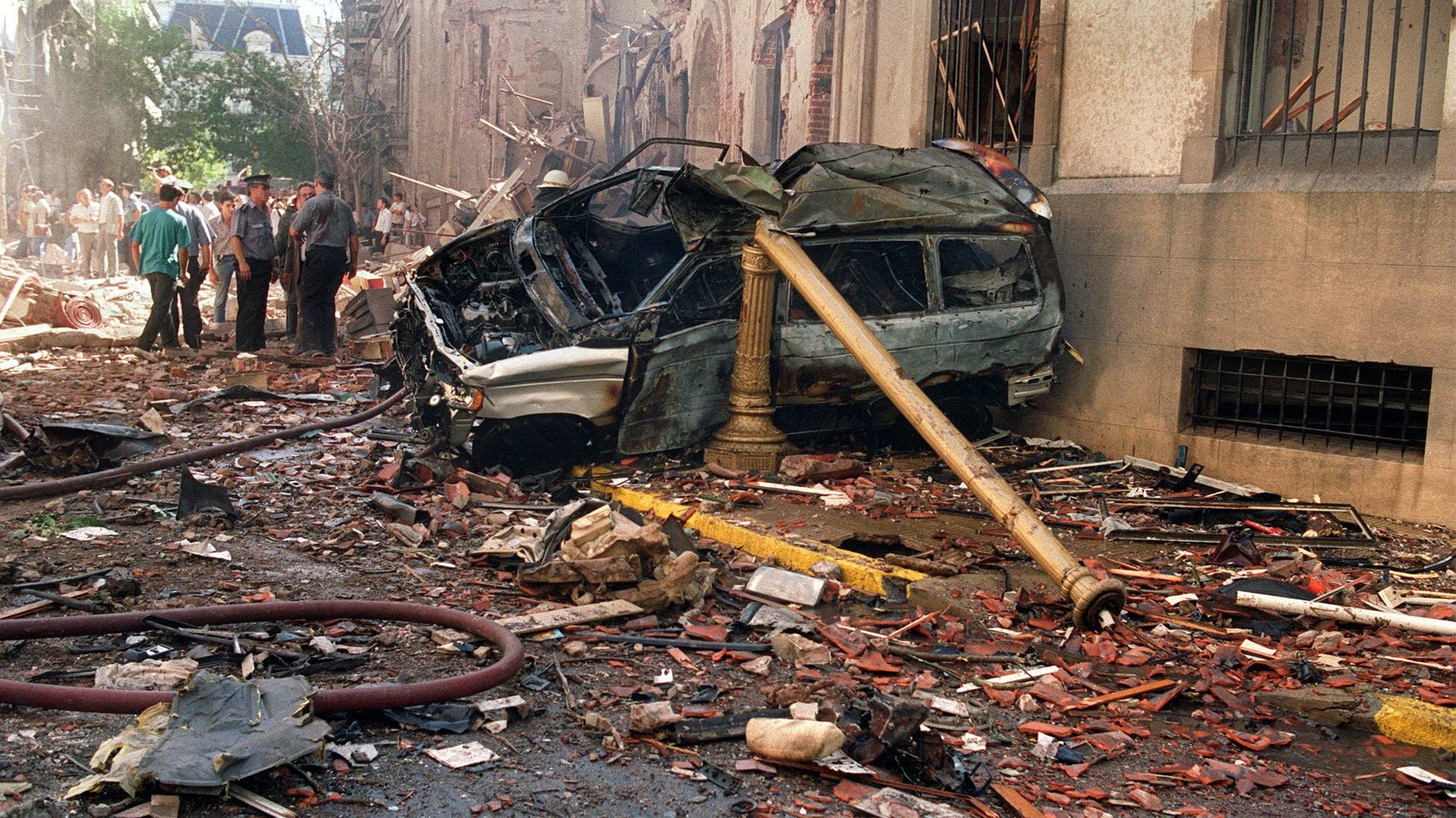
THE CAR BOMB AND A MYSTERIOUS BUYER
The investigation by the Supreme Court of Justice of the Nation into the attack on the Israeli embassy came to the following conclusion: the attack was carried out using a van loaded with explosives that left a parking lot near the diplomatic headquarters. His remains were found, the vehicle was rebuilt. In this regard, the expert reports of the Federal Police and the National Gendarmerie, with the support of experts from the CIA and the FBI, were conclusive and are listed on page 38,558/vt. of Case S.143 handled by the Supreme Court. It is stated that the remains of the explosive material used led to the conclusion that it was composed of a mixture of pentaerythrite tetranitrate (PETN) and trinitrotoluene (TNT-Troyl), whose charge was estimated to be between 110 and 250 kilograms.
It was also determined that the vehicle used was a Ford model F100 station wagon. The investigation revealed that the car was purchased on February 24, 1992 at a used car shop located on Avenida Juan B. Justo 7573/7, in the city of Buenos Aires. The purchase was made by a person under the false identity of Elias Griveiro Da Luz. The buyer paid in US hundred dollar bills at a higher price than the market price. Five of these notes had common deeds used in Lebanese banks to identify genuine banknotes.
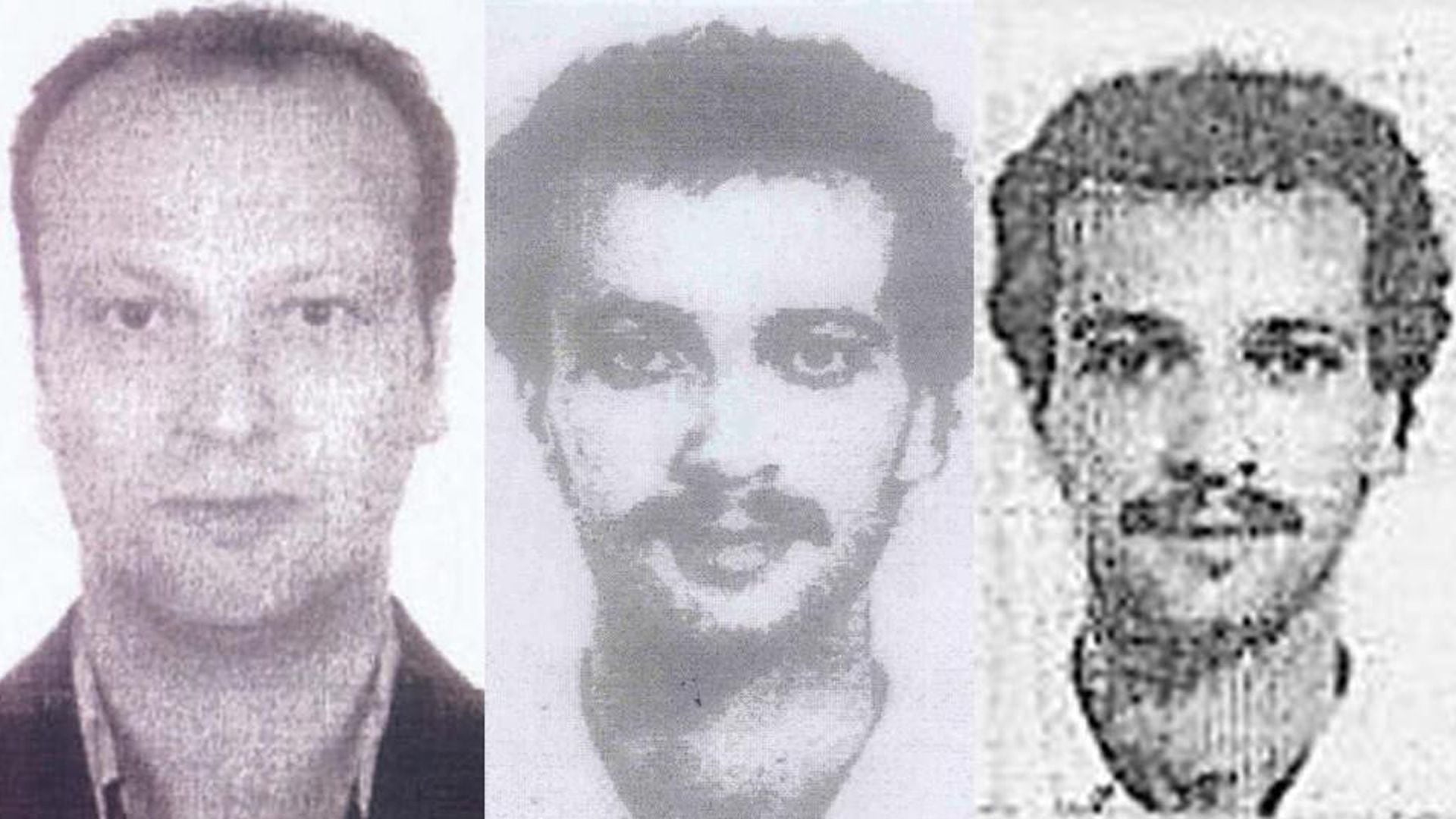
As indicated in the Court's file, the suspect of acquiring the vehicle was syndicated as a citizen of probable Palestinian origin claiming to be Mahmmud Soghair. Known by his alias “Adam”, he would have entered Argentina from Paraguay from the Triple Border area and stayed at 900 Emilio Lamarca Street in Buenos Aires city (fs. 2017/93, Case No. 1627 CSJN). According to testimonies in the cause, the man worked as a cleaning pawn in an Arab food restaurant located on Alberti Street and went on different occasions to both the Sunni mosque on the same street and the Shiite mosque on 674 San Nicolás Street, also in the Autonomous City of Buenos Aires. Soghair was singled out by witnesses in the case as a quiet, practicing religious man, who did not talk about political issues and who never worried about regularizing his immigration status in Argentina. He disappeared without a trace after the attack.
TWO FIGURES BEHIND THE ATTACK
According to the evidentiary plexus and according to the evidence gathered after seven years of investigation, on May 10, 1999, the Supreme Court considered that sufficient elements were gathered to maintain that the attack against the Israeli embassy in Argentina was organized and executed by the group called Jihad Islamic. In various resolutions in the same case, the Court had proved the participation and responsibility in the attack of a subject belonging to that organization, who turned out to be the terrorist chief of External Special Operations of Hezbollah and the most wanted man after Osama Ben Laden. His name was Imad Mughniyah, on whom an international arrest warrant was issued. However, according to Interpol, on 12 February 2008, Mughniyah would eventually be killed by an attack with explosives placed in his car in Damascus, Syria.
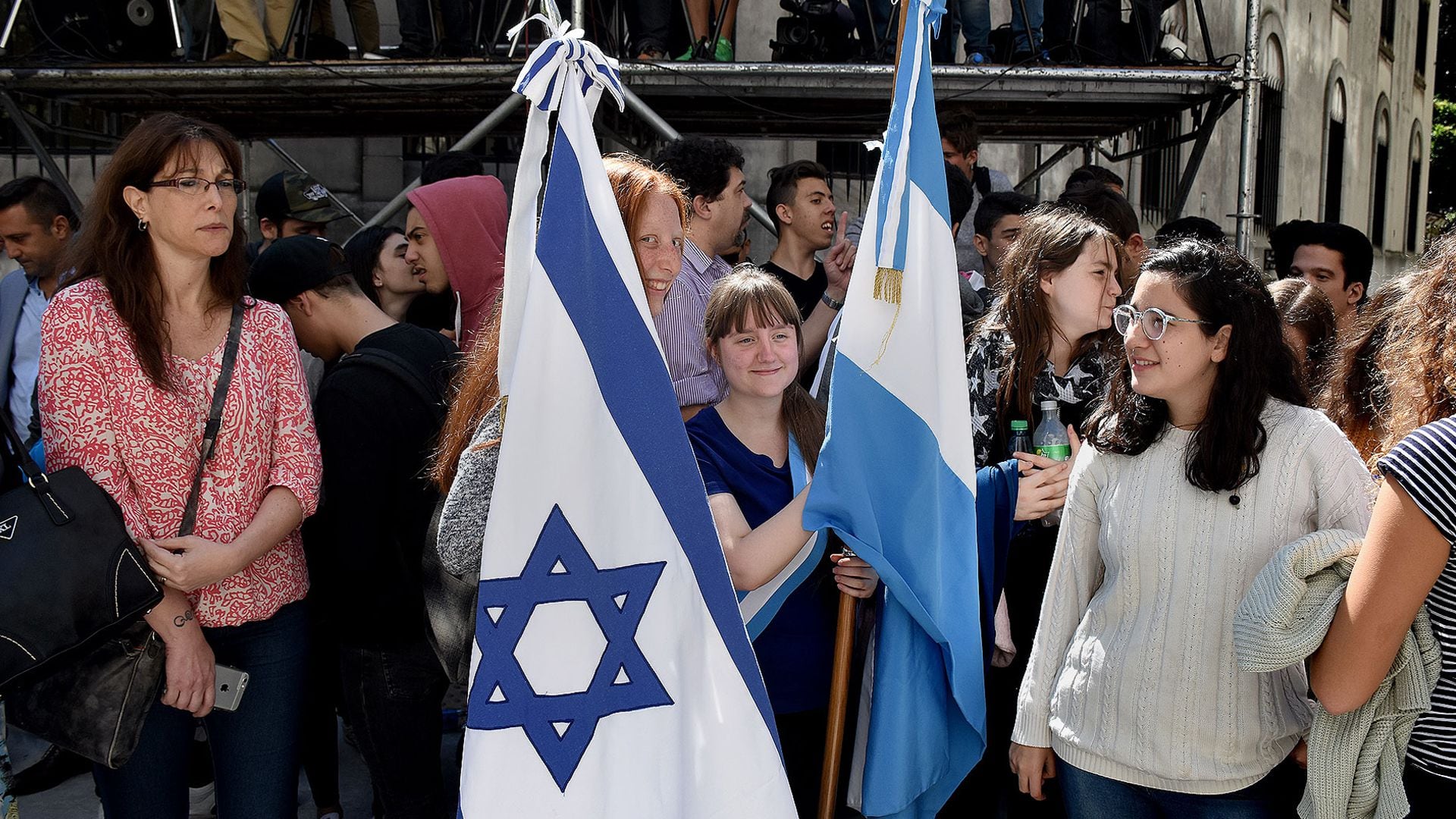
Two years later, an arrest warrant was also issued against Samuel Salman El-Reda, a Lebanese Colombian married to an Argentinian citizen and designated as the local coordinator of that attack and also of the 1994 AMIA attack. El-Reda lived in the Triple Border area and was confirmed to have links with Hezbollah. However, El-Reda escaped, probably to Lebanon, according to Interpol suspicion, and so far he has not been able to be arrested.
WHY ARGENTINA?
To the question of why the Argentine Republic was targeted, in the case of the embassy blowing up, several answers have been given, many of them crazy. However, perhaps the most accurate is that of the late former Supreme Court judge, Carlos Fayt. The magistrate said: “Argentina is the Latin American country with the largest Jewish community in the region and ranks fourth in the world.” On the other hand, the great extent of the Argentine borders and the ease of access for people and logistics through them were considered as possible causes. All this, motivated by the fragile and poor security of its controls, and the permissiveness granted and still granted by immigration laws regarding the entry and establishment of foreign citizens. In the case of the 1992 attack, the involvement of a local support structure, the product of networks built by Iran in Argentina since the mid-1980s, was not ruled out. Without this support, the criminal terrorist attack could not have been carried out.
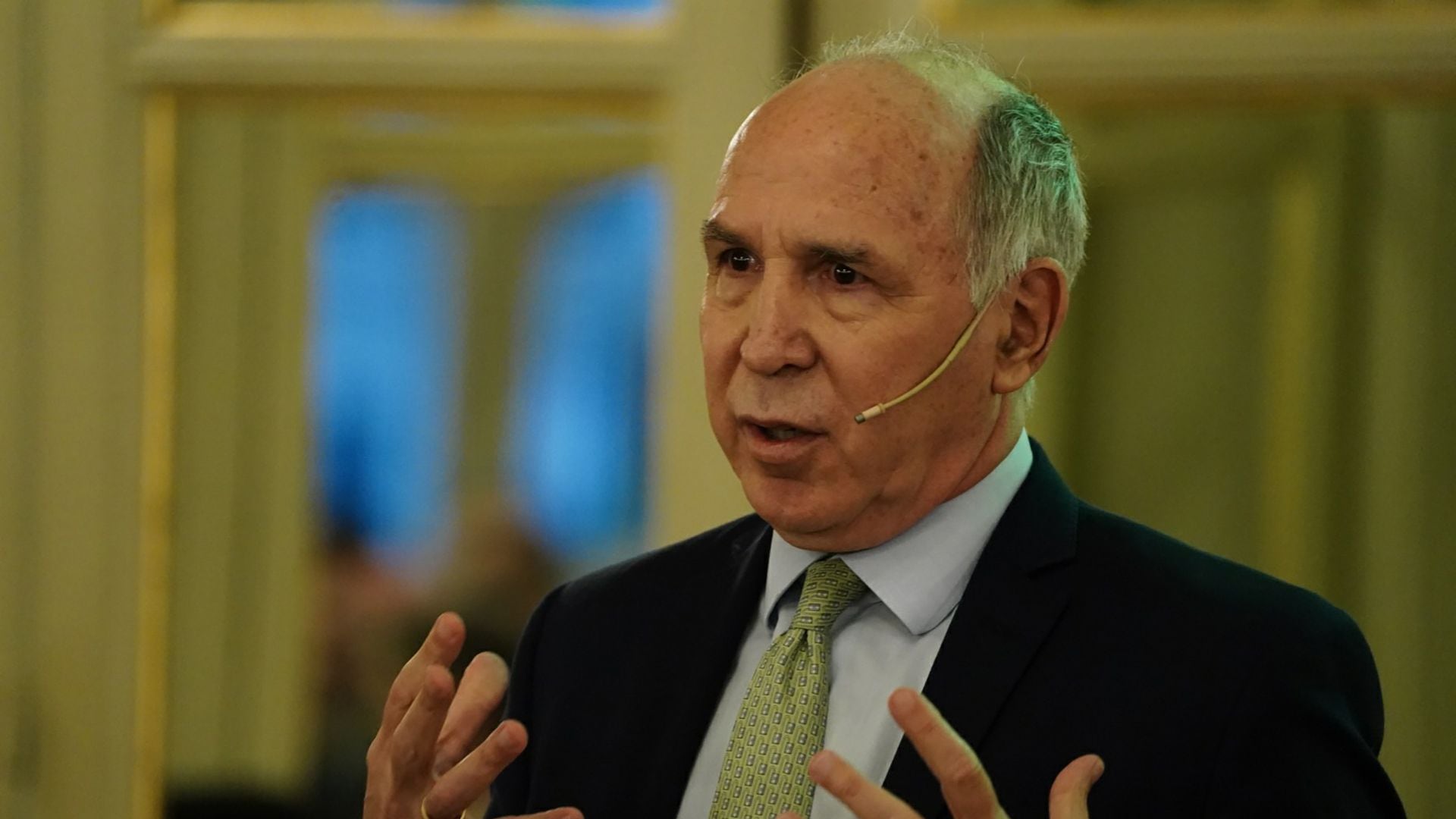
In 2015, the then-President of the Supreme Court, Ricardo Lorenzetti, publicly declared that there was a “thing judged” in the case because of the 1999 decision. The statement generated confusion, since in 2006 the Court itself had issued a ruling stating that the case had not been prescribed, but that judgment had established the materiality and imputability of the act to the Hezbollah terrorist group. However, legal specialists corrected Judge Lorenzetti's “res judicada” statements and recalled that the case is still open, since what was there was a legal resolution and not a final judgment, since no one was ever tried. Thus, some time later, the Court rectified its position and published a report clarifying that the investigation is continuing, although 30 years after the terrorist attack no one was brought to trial or sentenced.
Unfortunately, two years after the attack on the Israeli embassy, Buenos Aires was once again the target of a new Islamist terrorist attack. On that occasion, the goal was the Mutual Israelite Argentina (AMIA). The result was even more terrifying: 85 people were killed and more than 300 injured. In that case, for jurisdictional reasons, the investigation was carried out by other courts and not by the Supreme Court. However, both events remain unpunished. The leadership of the regional scene, with populist governments that have provided shelter and shelter to various criminal networks in Latin America, has allowed the active influence of militant jihadism and its related groups to be maintained on the continent, including Argentina. This dark picture allows us to conclude that a third attack should not be ruled out.
KEEP READING:
Últimas Noticias
Debanhi Escobar: they secured the motel where she was found lifeless in a cistern
Members of the Specialized Prosecutor's Office in Nuevo León secured the Nueva Castilla Motel as part of the investigations into the case

The oldest person in the world died at the age of 119
Kane Tanaka lived in Japan. She was born six months earlier than George Orwell, the same year that the Wright brothers first flew, and Marie Curie became the first woman to win a Nobel Prize

Macabre find in CDMX: they left a body bagged and tied in a taxi
The body was left in the back seats of the car. It was covered with black bags and tied with industrial tape
The eagles of America will face Manchester City in a duel of legends. Here are the details
The top Mexican football champion will play a match with Pep Guardiola's squad in the Lone Star Cup

Why is it good to bring dogs out to know the world when they are puppies
A so-called protection against the spread of diseases threatens the integral development of dogs


